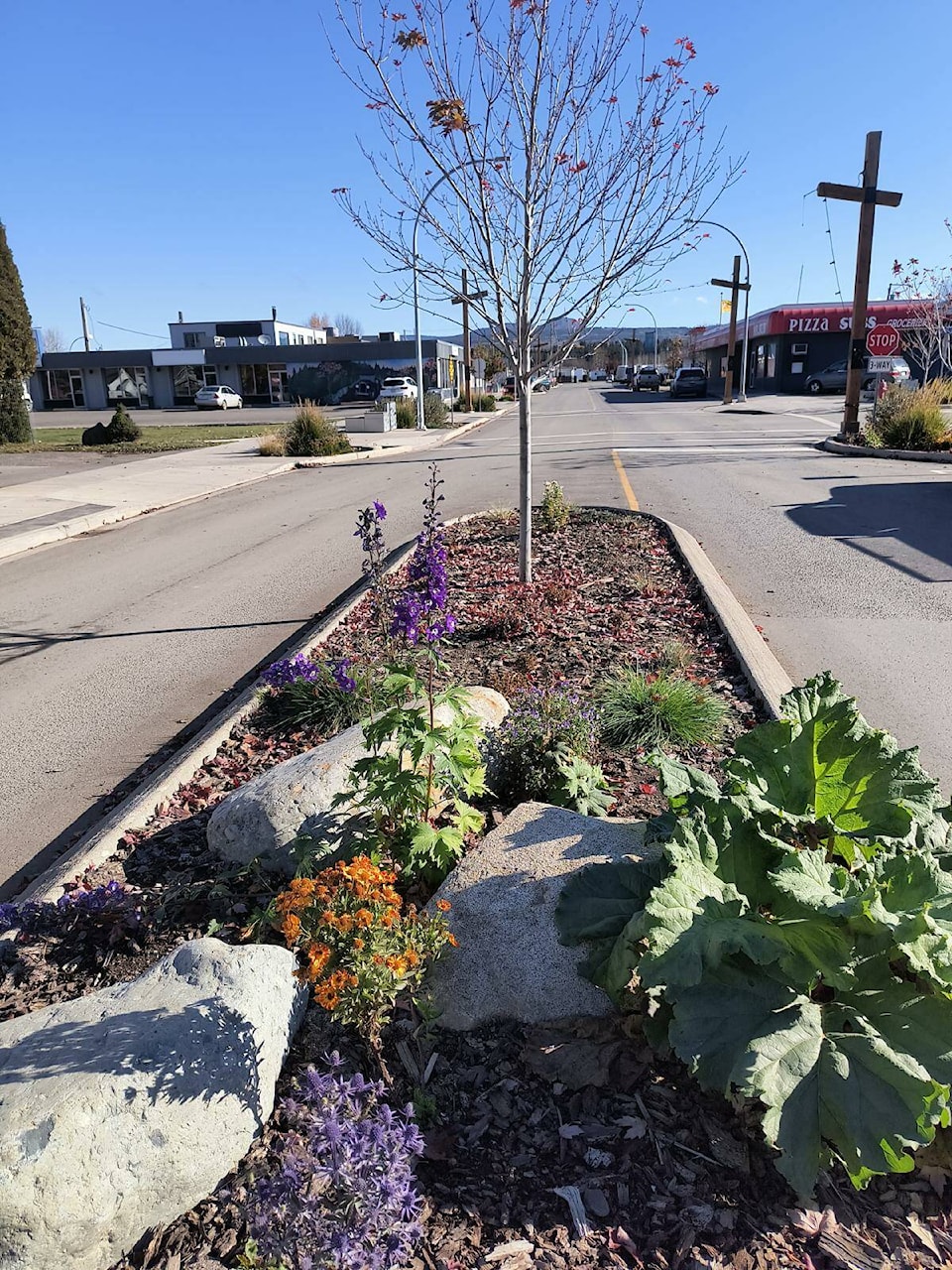It’s taken nearly 10 years, but local government politicians in northwestern B.C. are more hopeful than ever the provincial government will agree to provide a steady annual revenue stream so as to better plan and bring about infrastructure and other projects.
Through the Northwest BC Resource Benefits Alliance, 21 local governments have consistently argued that while the province takes in tax revenue from large scale industries outside of local government boundaries, it returns little to the local governments who have to deal with impact of those industries.
That’s been the case in Houston where mayor Shane Brienen, who just recently stepped down as a co-chair of the benefits alliance after being named the B.C. United candidate for the Nechako Lakes riding in the next provincial election, has made numerous trips to Victoria to state the case for more money.
“I think we’ve been moving along steadily. I think we’re at the point that we want to be so yes, everyone’s happy,” said Brienen upon returning from meetings with Premier David Eby and other provincial cabinet ministers at the Union of B.C. Municipalities annual convention in Vancouver last month.
For its part, the provincial government, following the election of the New Democratic Party in 2017, began to take first steps.
In 2019 it provided $100 million directly to local governments followed by $50 million more in 2020 to bolster capital spending.
Houston’s two-year share was $6.56 million, allowing the District council to undertake projects it might otherwise have to shelve.
While these were one-time grants, they do give an indication of what might be possible from a guaranteed annual income stream from the province.
First out of the gate in 2019 was the decision to add $360,000 to a paving budget the District council has long acknowledged simply wasn’t enough to keep with existing road conditions let alone to pave more streets.
With another $421,300 added in 2020, $335,509 last year and $250,000 this year, the District commited $1.3667 million to paving.
Also in 2019 the District allocated $150,000 to close the gap between what was budgeted and what was needed to replace the arena’s ammonia refrigeration plant.
That’s a project that grew out of a province-wide assessment and inspection of ice-making facilities following a leak at the Fernie arena in October 2017 which claimed three lives.
A new plant was found to be needed here to meet WorkSafe BC standards.
The most money committed to date from the $6.56 million grant — just over half at $3.338 million — has gone to the long-desired revitalization and refurbishing of the streets and underground services in downtown core.
Together with other senior government grants, 9th Street was done and 10th Street will be fully finished next year without the need to stress the District’s limited tax base.
The 2019 and 2020 grant has also been helpful in providing the extra dollars needed to top up original spending plans owing to rising inflation.
One project in which costs rose above original projections was the Copeland Ave. project to build a right-turn lane onto Hwy16. The District used $168,589 so the work could go ahead.
Based on the District’s current five-year financial plan, a plan that’s renewed and subject to change each budget year, the District has plans for two other projects.
One is to spend $408,000 in 2025 and the same amount in 2026 toward dealing with annual flooding along Silverthorne Creek.
The District already has $150,000 from a separate senior government grant to prepared a detailed work plan and will still need other senior government grants to provide enough money.
A long term project to build a new community centre will take up a projected $409,845 by the end of 2025 to prepare a design.
The District has already purchased acreage at 2145 Butler Ave. for a hall but needs, at last estimate, more than $7 million for construction.
As now planned out, the $5.56 million provided in 2019 and in 2020 will be substantially used up by the end of 2026 with just $6,957 left in the account.
One additional benefit has been the interest from the money. As of the end of 2022, that came to $122,442.
